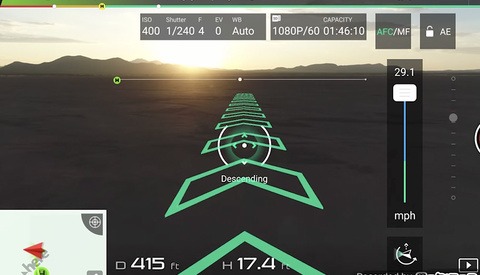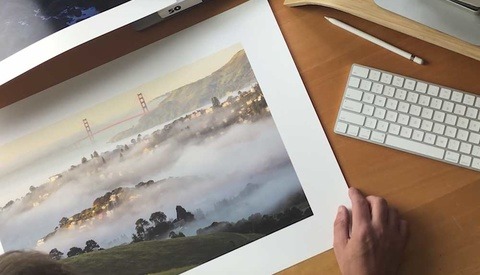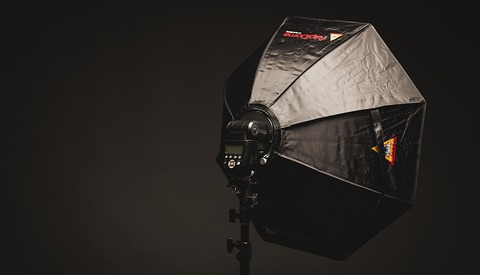Seven Simple Tips for a More Natural Smile
A smile can make or break your portrait. While shooting the person who is forcing a fake smile, it can be obvious in a lot of people who aren't used to "smiling for the camera" and ruin the shot, while a genuine natural smile can make your photo that much better. So how do you get your subject to give you a better, more natural smile?
















![Dutch Wedding Photographer Takes Incredibly Risqué Wedding Photo [NSFW]](https://cdn.fstoppers.com/styles/med-16-9/s3/lead/2017/10/wedding-photographer-racy-photo-couple-sex.jpg)
































